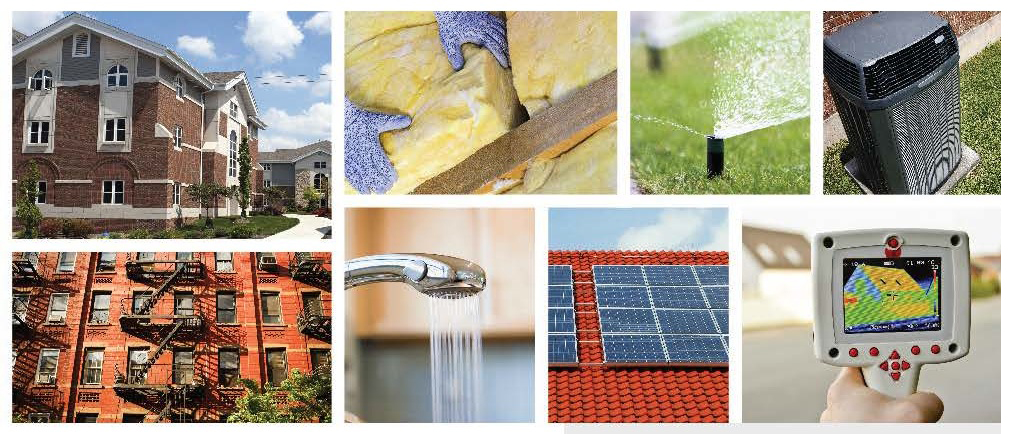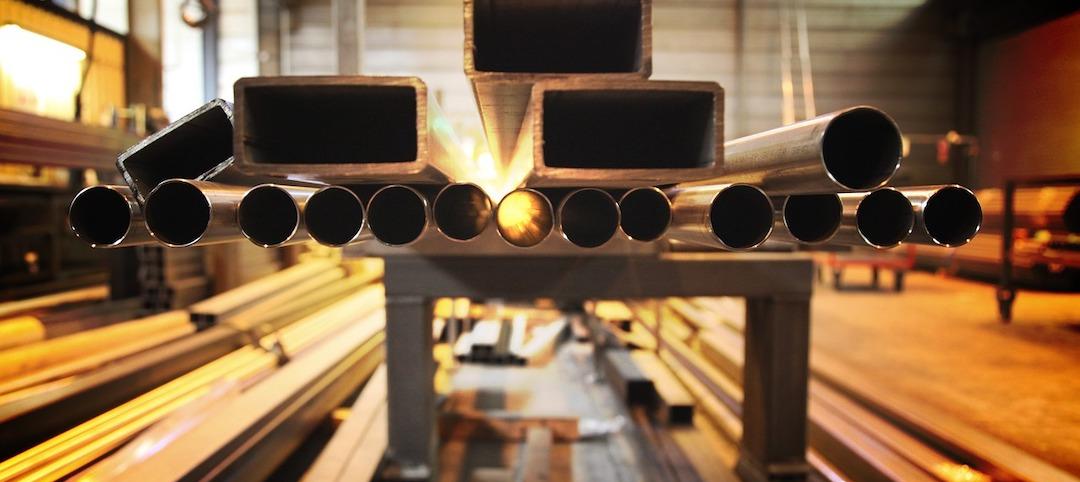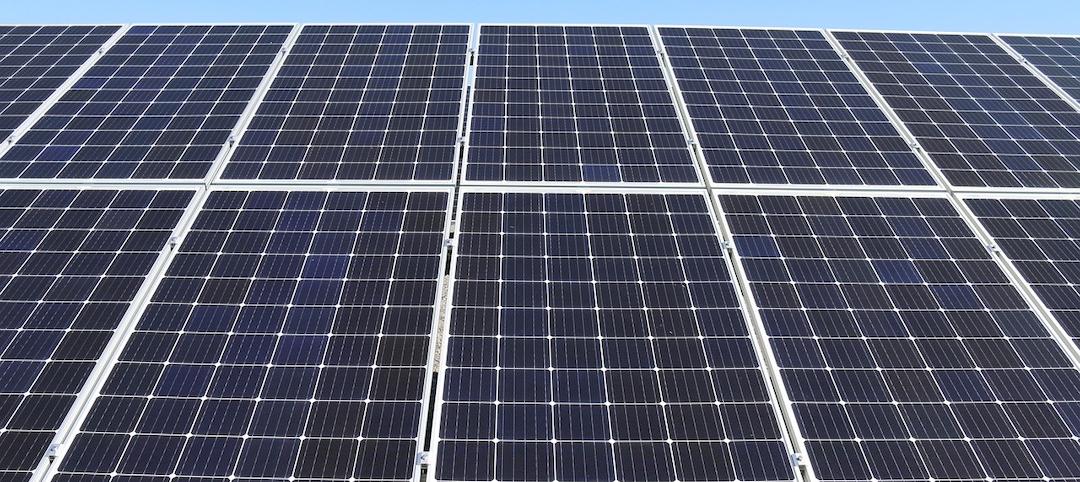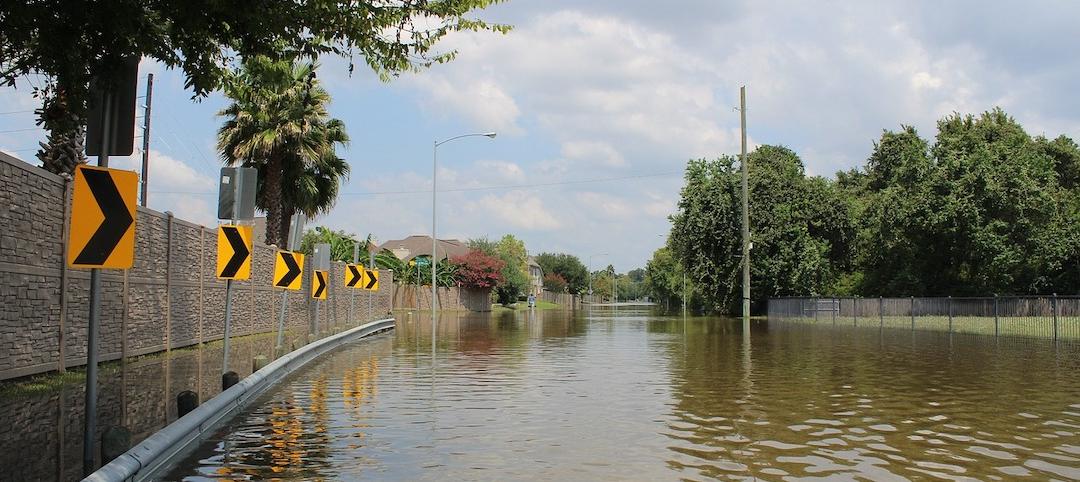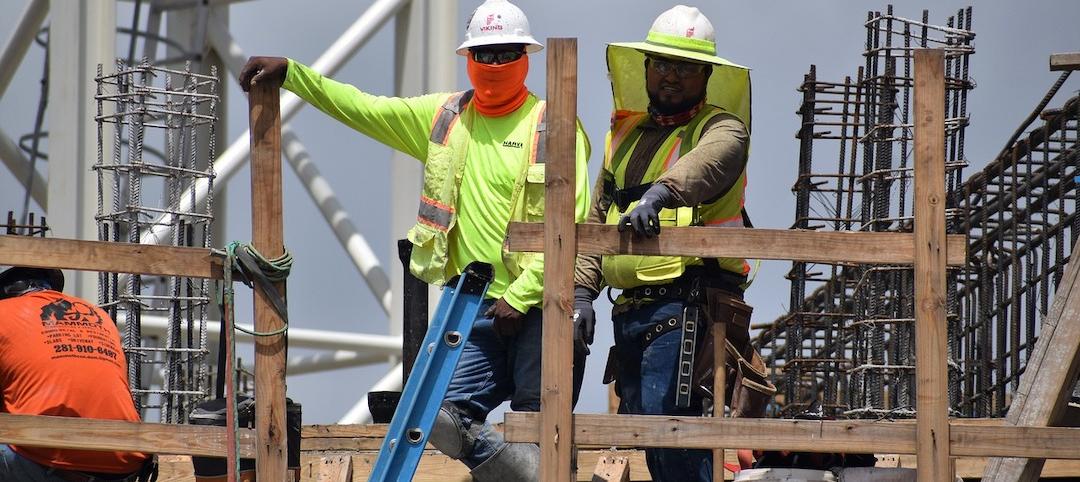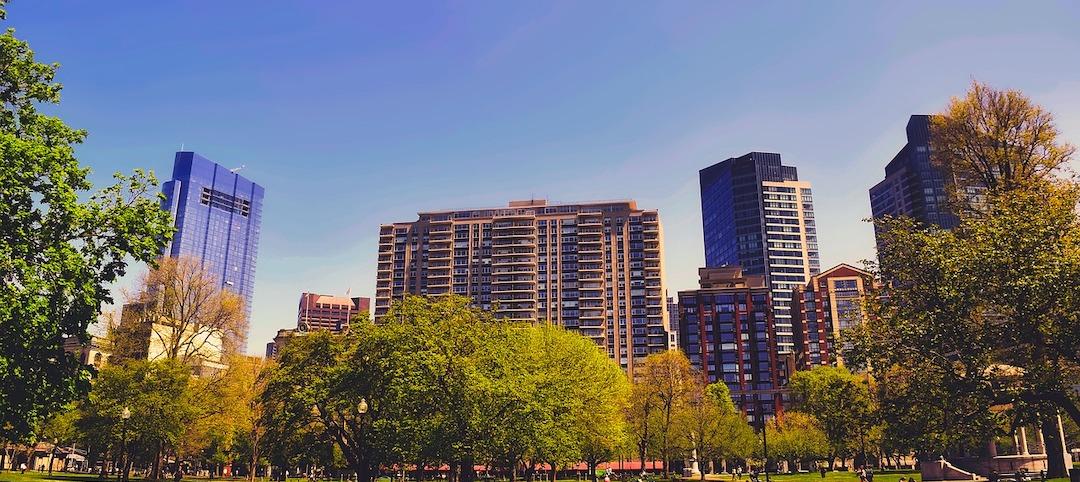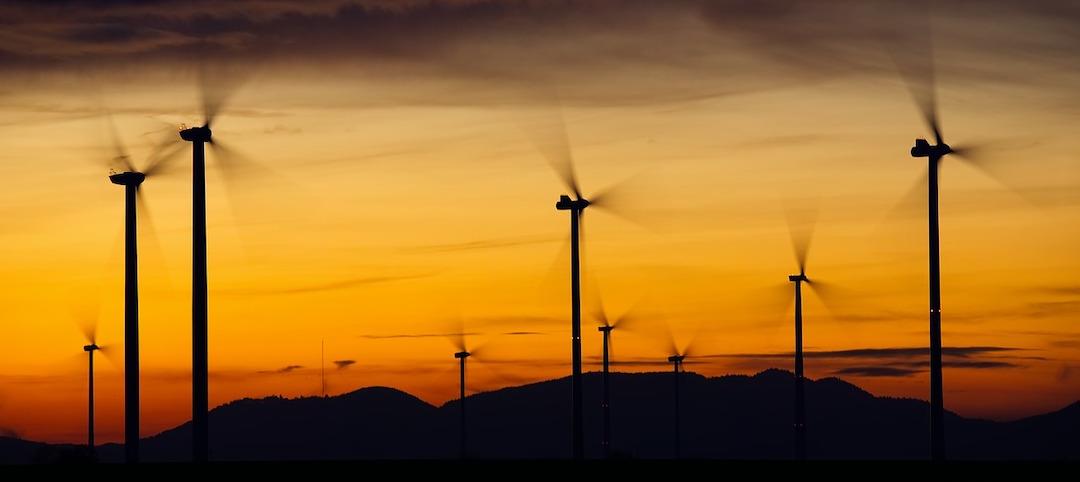Fannie Mae’s new report on energy usage in the multifamily sector found that affordable properties use 28% less energy per unit and are 29% smaller than market-rate properties. Market-rate units incur higher energy cost and use per square foot because there are more units per 1,000 square feet among affordable properties—1.29 affordable units, versus 0.91 market rate units per 1,000 sf.
The report, “Transforming Multifamily Housing: Fannie Mae’s Green Initiative and Energy Star for Multifamily,” provides comprehensive multifamily energy and water data. The first of its kind report serves as the basis for the EPA’s Energy Star Score for multifamily structures.
Costs differentials on energy use can be very steep for multifamily properties. The least efficient property could spend as much as $165,000 more in annual energy costs than a similar property operating at peak efficiently. When owners paid for all energy costs, median annual energy use was 26% higher than when tenants were responsible for paying energy costs.
In a related development, the EPA made its Energy Star score available for the multifamily sector on September 16. According to Fannie Mae, the score will enable owners and operators of multifamily properties with 20 or more units to quantify the energy performance of their properties.
(http://www.multihousingnews.com/news/fannie-mae-releases-major-study-on-multifamily-energy-use)
Related Stories
Codes and Standards | Jan 19, 2022
Canada’s Trudeau seeking building codes changes, net-zero emissions building strategy
Prime minister also wants net-zero electricity grid by 2035.
Codes and Standards | Jan 18, 2022
Greater emphasis on building materials needed to achieve net-zero carbon offices
Engineered wood, straw, and bamboo can be keys to achieving goal.
Codes and Standards | Jan 17, 2022
AISC seeks comments on draft earthquake standard for steel buildings
Includes new limits for cross-sectional slenderness of steel columns based on latest research.
Codes and Standards | Jan 12, 2022
California’s wildfire building code significantly reduces structural loss
As other states consider upgrading their codes, Golden State provides useful model.
Codes and Standards | Jan 12, 2022
Regulator holding back climate-friendly, energy-saving equipment deployment, critics say
Heat pumps, solar power could be made more accessible for low-income communities in Massachusetts.
Codes and Standards | Jan 11, 2022
Cost hikes drive nearly one million renters out of homeownership qualification in 2021
Household income needed to pay a mortgage rose to $62,872 from $55,186.
Codes and Standards | Jan 10, 2022
New ratings services focus on climate risk for homeowners
Efficacy of models used in risk assessment varies.
Codes and Standards | Jan 6, 2022
Virginia contractors having a tough time finding diverse subs to meet state goals
Survey of primes may indicate similar issues at federal level.
Codes and Standards | Jan 5, 2022
Boston drops parking requirements for affordable housing
Measure expected to spur new projects.
Codes and Standards | Jan 4, 2022
Dept. of Energy Better Climate Challenge aims for 50% GHG emission reduction by 2030
Program offers technical assistance and peer-to-peer knowledge sharing.


